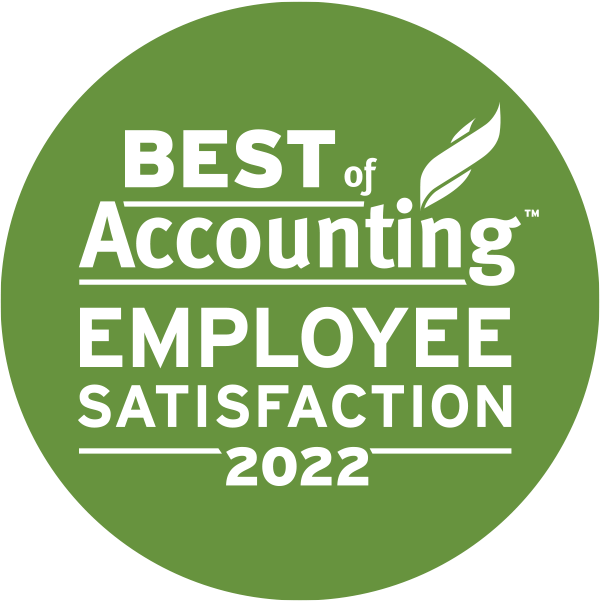Many organizations feel that, due to their small size, they are not susceptible to fraud. Unfortunately, this is not true.
Even the smallest of organizations have been, and can be, targets of fraud.
In fact, smaller organizations have disproportionately large losses from asset misappropriation, and are much less likely to recover from a fraud. This is due to the fact that they often employ friends, family and other “trusted individuals,” and rely on trust rather than internal controls to minimize their exposure to fraud. Trust, without verification in the form of internal controls, is ineffective and provides the opportunity for employees to commit fraud.
There are several simple and inexpensive steps that every not-for-profit organization can implement to prevent fraud. They are as follows:
- Perform background checks on employees – Obtain information on a potential employee from an independent third party. About 15% of employees who commit fraud are repeat offenders.
- Create an environment where honesty is practiced.
- Maintain current and accurate accounting records – Accurate accounting records makes hiding fraudulent activity more difficult.
- Periodically test to determine whether the internal controls are being followed – This lets employees know that others are watching and may deter them.
- Insist employees take time off and cross-train employees – This will reduce an organization’s reliance on one individual and make it more difficult for an individual to hide fraudulent activities.
- Physically secure the organization’s premises and assets.
- Limit access to accounting software – Access should be limited to job functions and include offsite back-ups.
- Use electronic payments – This will eliminate the use of cheques and reduce the likelihood of an individual passing a fraudulent cheque through the system.
Fraud and employee theft will always be concerns for an organization. Nothing can eliminate the possibility of an organization being a victim of fraud. However, a few simple policies and controls can minimize this risk by reducing the opportunities for fraud to be committed.
For more information on this topic, please contact your McCay Duff advisor.
Contact Us




